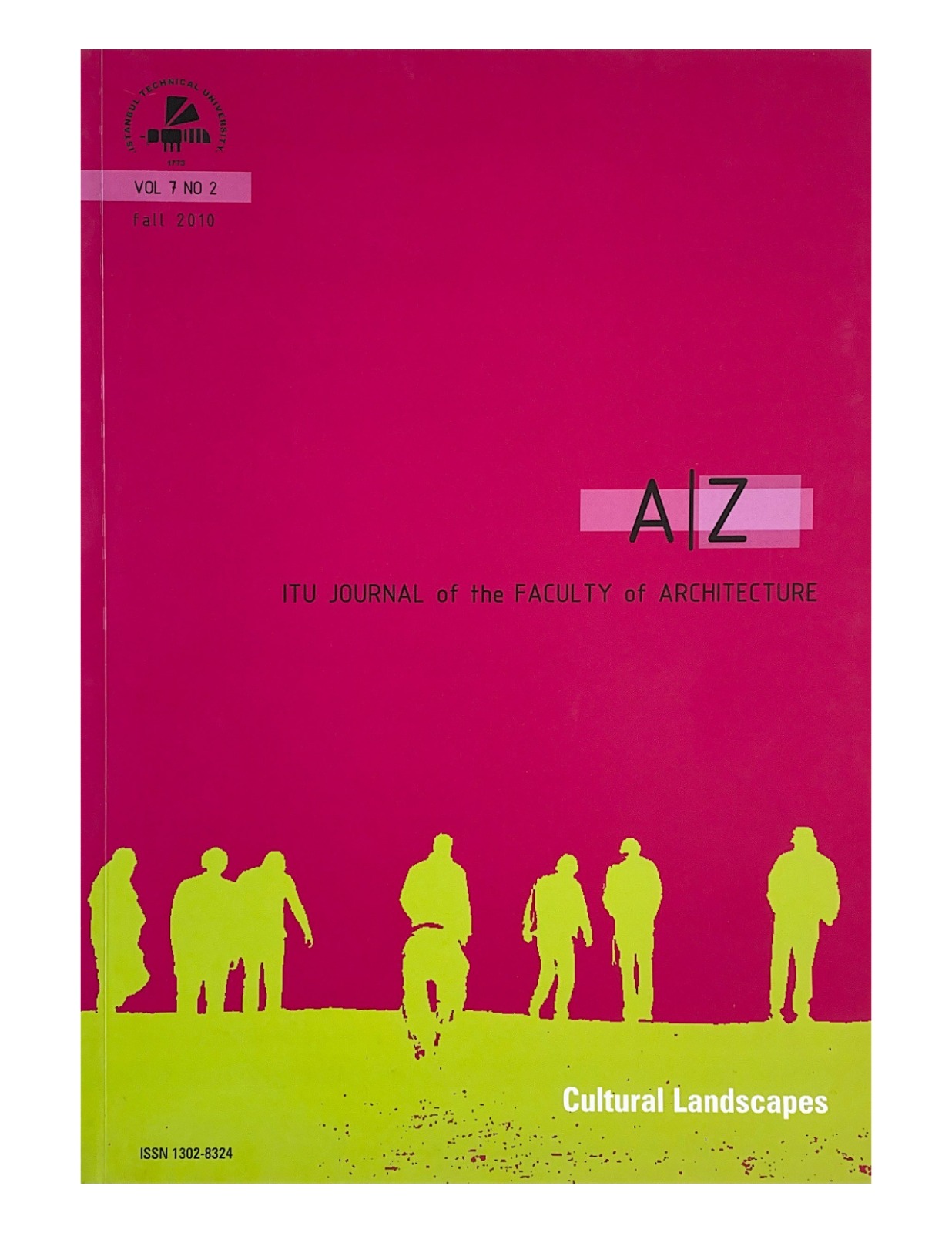Abstract
Intelligent water management was always the basis for settlement in the Mediterranean. Natural factors and cultural behavior have slowly shaped the Mediterranean islands’ landscape through millennia. Island communities are especially sensitive to anthropogenic pressures. Accordingly, rapid population growth and related development over the 20th century have poised a great challenge to preserving landscape values of the islands. Recently, on the island of Gozo, part of the Maltese archipelago, great interest has been shown in the preservation of the rural landscape characteristics. Here, agriculture is a traditional aspect of the identity, which contributes greatly to the picturesque qualities of the countryside. Practices related to soil and water conservation, together with the island’s geomorphologic characteristics, produce the unique scenery of the rural areas. Agriculture has progressively diminished in importance as an economic activity in Malta, moreover urban developments have been constantly increasing at the expense of both cultivated land and natural countryside. Water management is one of the island’s most critical issues. Rainfall is the only natural source of water while agriculture is the main single user. Local watershed characteristics are favorable for the storage of rainwater; nevertheless, groundwater depletion takes place. Gozo is already affected by an emerging need for sustainability and to face the challenge to adapt to climate change uncertainties. Adaptation is therefore necessary, in the short and longer term, to address the resulting impacts. The decline in agricultural use on the steeper slopes of the Gozo valleys has lead to the decline of rubble walls, the main structure of the terraced landscape. The disappearing rubble walls and changing agricultural practice are leading, together with increasing runoff caused by increased paving and building, to severe soil erosion during the rainy season. The area addressed in this study has undergone major changes produced by tourism and development intensification in the last decades. Agricultural land-use comprises most of the area of the watershed whose outlet point is located in the village of Xlendi. The area is prone to flash flooding and therefore more sensitive to changes in the precipitation patterns and increase in the mean sea level. A methodological approach is proposed to integrate the biotic, abiotic and cultural components of the landscape bringing forward the processes of importance for each one and also for water management. Responses and adaptations of the cultural landscape to the aforementioned problems are discussed and the possible contributions of landscape architecture are shown. Landscape architects can contribute to the redesign of the catchment areas of the valleys on all level of planning and design. Landscape Architects could help to translating the ecological knowledge on rivers ecosystem to the civil engineer redesigning the roads in the valley in order to create adequate technical solutions using natural methods to its optimum. On the more detailed design level street scapes should be understood as part of the valley system with ecological and aesthetical needs for appreciation of cultural landscapes.

